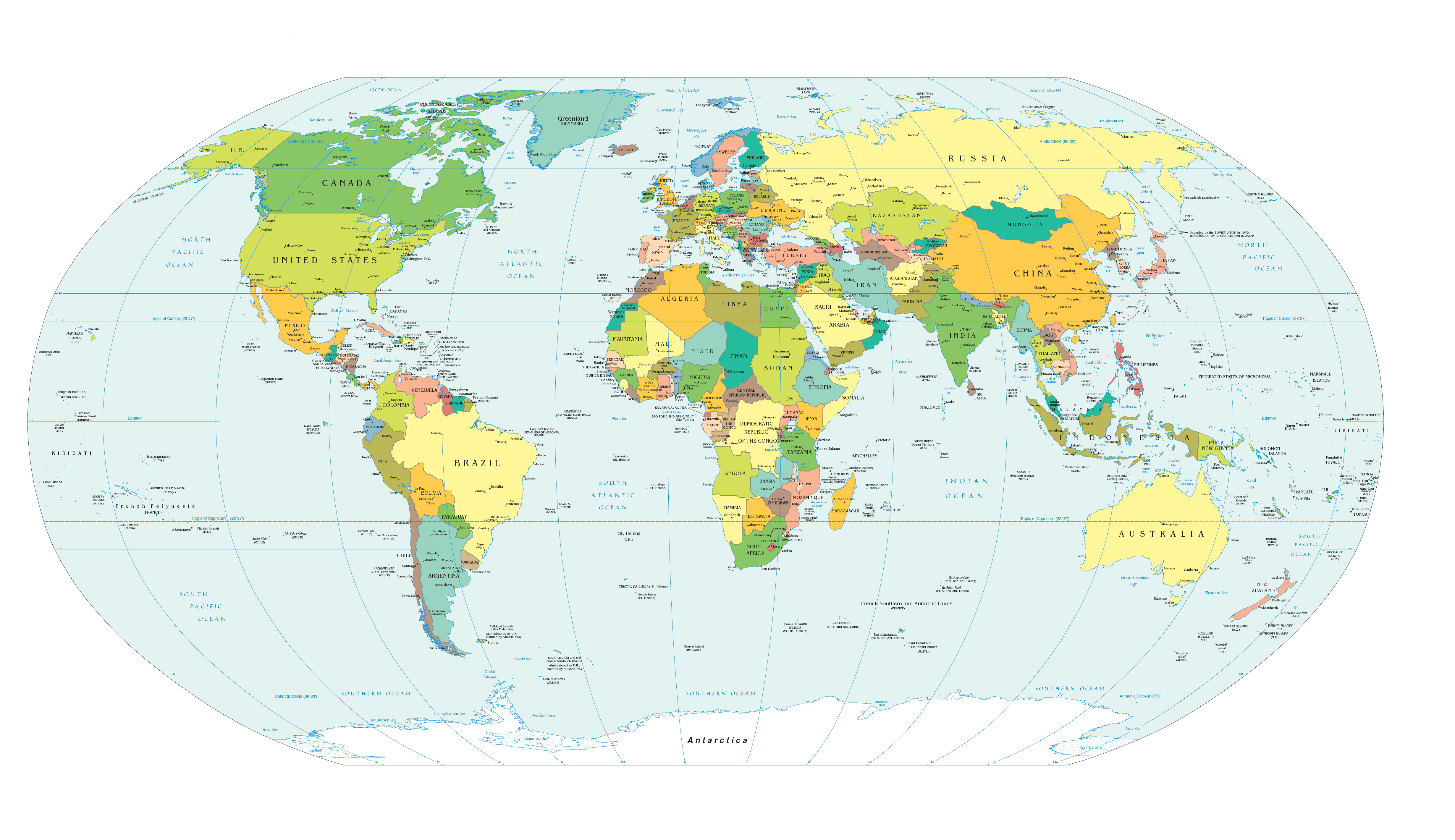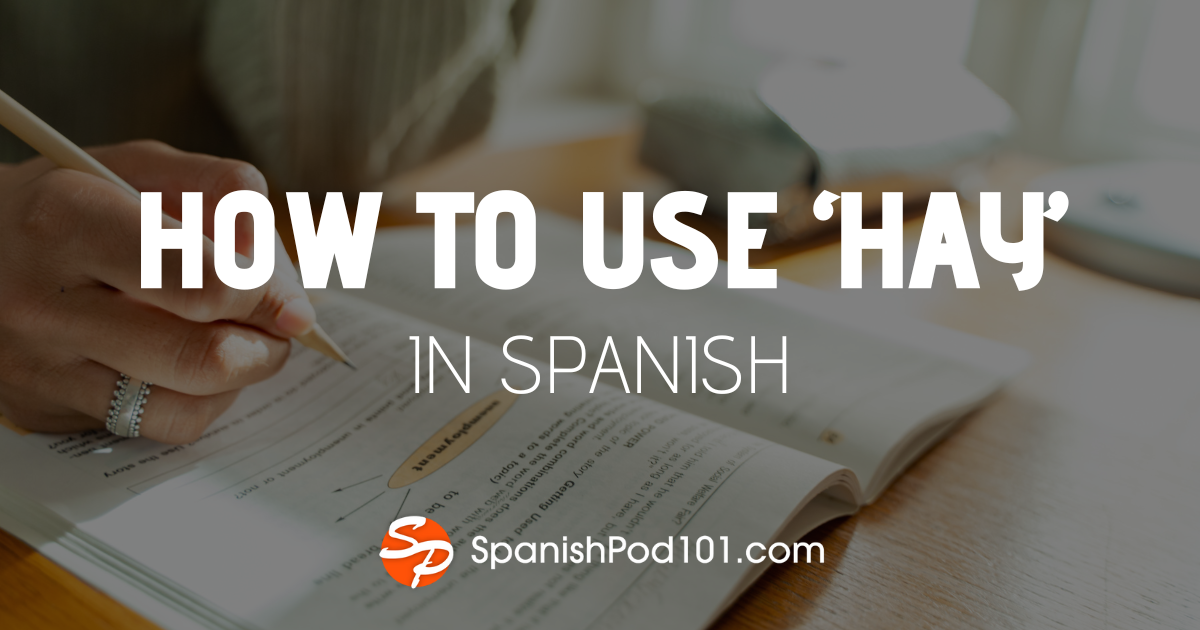Spanish, the second most spoken language in the world, has 437 million first language (L1) speakers, according to the latest data available from the Ethnologue website. It is spoken in 31 countries. Approximately, the total number of Spanish speakers around the world is 570 million.
Spanish translation services are in very high demand in the United States, where there is a huge community of Spanish speakers (about 41 million native speakers). It is projected that the number will continue to rise.
Can you speak Spanish?
Spanish though is not just one common language as there are several variations of it. If you go to Andalusia, you won’t be hearing people speaking “Spanish” that you are used to hearing, the one that you learnt in school or heard on TV. In Andalusia, they speak “Andaluz” that sounds like Andalutthhh. The accent of Spanish speakers in Andalusia is very different to the standard Spanish that you are used to.
For example, “see you later” translates to “hasta luego,” which is very easy to pronounce. If you remember your Spanish lesson, the “h” is silent so you say “asta luego.” Locals in Andalusia though have different ways of saying see you later. You’ll either hear ‘a’ta luego, ta wego, ta we’o or just we’o. If you are not used to the accent, you’ll never know what it means.
If you are traveling to Spain and have the foresight to take a crash course in the language, it’s fine. You’ll be able to get by in Madrid. But if you’ve joined a tour package that will take you to Cadiz, Granada and Seville, you might find it difficult to converse with most people. Even the helpful phrase book would not be so useful, if you cannot understand the replies locals give to your straight-from-the-book questions.
What do these things tell you? If you want to learn Spanish, the best thing to do is to go to Spain and learn the language there. Or learn the language from a native Spanish speaker at least. And here are some reasons why it is better to study the language in the country where it originated.
1. Pronunciation is very important in Spanish.
Spanish in Spain is different from the Spanish in South America. In Spain, ci is pronounced as “thee,” while ce is pronounced as “the.” In South America, it becomes si as in ”seat” and se like in ”cemetery.”
The double L (ll) is pronounced as y in Spain while in South America, locals pronounce it as lya.
2. When a language is exported to another country, its pureness becomes diluted.
Some words are added to it and often these new words are never sent back to the country where the original language came from. It’s comparable to this example. The English word for a round bread is “bun” but it became known by different names in specific parts of England, where the bun can be a bridie, stotty, buttery, bap or cob.
It’s the same with Spanish. The verb “to drive” is conducer in Spain. But when you go to Colombia and Ecuador, you’ll learn that they use manejar for the word. Dinero is the Spanish term for money whereas in Argentina, it is called plata, which is the English and Spanish word for silver.
It does make sense to study Spanish in Spain because it gives you a good foundation in the language, as it allows you to pinpoint the local changes that happened to it.
3. Textbook Spanish is different from native Spanish.
Enrolling in a Spanish language class in your own country is admirable, but nothing can beat learning the language in the country of its birth. It cannot replicate the authenticity you’ll get if you are learning it in Spain.
4. You are exposed to the language everyday.
At the same time you are immersed in Spanish culture and lifestyle that deepen your understanding of Spanish. You will be able to pick up common vocabulary that you’ll not get from textbooks. You’ll be able to make sense of local expressions and understand why phrases are constructed in such as way. Hearing Spanish spoken from the moment you wake up until you retire for the night will help you avoid word for word translation, as you will get used to the delivery of real Spanish sentences.
5. You’ll receive excellent lessons from teachers who are philology degree holders
You also will have the advantage of integrating the language into your everyday life very easily because you have no recourse but to think, speak, live and breathe Spanish.
Variations
It can be daunting to know that there are many variations of the Spanish language. If you’re a learner, you might be intimidated and get shy about speaking the language, afraid that you might not be understood. It’s formidable, isn’t it? But as a learner, it is also important to know the variations of the language.
- Castilian. This is the official Spanish language. It is spoken in Central and Northern Spain.
- Andalusián. This is a dialect that is prevalent in Southern Spain. It is the second most popular Spanish dialect. It varies greatly with Castilian, as mentioned earlier. It is also distinct for the dropping of the final consonant in a word, the exclusion (emission or elision) of the letters ‘d’ and ‘r’ as well as the aspiration of the letter ‘s’ at the end of the word. This makes Andalusián Spanish more fluid and softer sounding.
- Murcian. It is the dominant language in the Autonomous Region of the Community of Murcia, which is located in Southeast Spain.
- Catalan. It is the official language in Andorra and some parts of Northern Spain. their official language is.
- Basque. It is a language isolate, spoken in the Spanish community located in the Pyrenees.
- Galician. It is the dialect spoken in Northwestern Spain. It’s also distinct because the language is influenced by Portuguese.
- Extremaduran. In the autonomous community in Western Spain called Extremadura, they speak a three-branched language.
- Equatoguinean Spanish. This is the only official Spanish language spoken in Africa is. Its pronunciation patterns and some of its vocabulary are influenced by immigrant Germans and native Guineans.
- Caribbean Spanish. It prevails in Central America, the East Coast of Mexico, the Dominican Republic, Puerto Rico and Cuba.
- Rioplatense Spanish. This is spoken in the River Basin region between Uruguay and Argentina and across both countries. It sounds more like Italian than Spanish.
- Latin American Spanish. This is spoken in many places, including Central and South American countries, Bolivia, Peru, Colombia and mainland Mexico.
- Canarian. This is the Spanish dialect spoken in Canary Islands. It is similar to Caribbean Spanish. It is influenced by Portuguese and is distinct among other Spanish dialects because the letter ‘h’ is pronounced.
- Llanito. This is another Spanish dialect, which is a combination of British English and Andalusián Spanish. It is spoken in Gibraltar.
Sounding like a local
Knowing that there are several variations of Spanish can be quite intimidating. However, you have nothing to fear, as there are many words that are understood and used by Spanish speakers around the world. Here are some of them.
- Vale means ”okay.” It is an important word that you will often use, especially if you’re traveling around Spain. You can use vale if you mean ”understood,” ”sounds good,” and ”all right.”
– Example: Desayunamos a las 6h. ¿Vale? (We’ll eat breakfast at 6:00. Okay?) - Hello in Spanish is buenas. Use this instead of ”hola” because it is the most commonly used term in Spain and applicable at any time.
– Example: Buenas. ¿Puedo ayudarte con algo? (Hello. Can I help you with something?) - If you learned in high school Spanish that tío/tía means ‘uncle’/’aunt,’ in Spain the term is used an as a nonformal way to refer to or address someone.
– Example: ¿Qué te pasa, tía? ¿Estás bien? (What’s going on, girl? Are you okay?) - When referring to things as ”cool,” such as a good book, an experience or a restaurant where you’ve enjoyed the food, you use guay. Use majo when you want to refer to people, especially if you mean that they are attractive.
- If you’ve been used to saying “no hay problema” if you want to say that ‘there’s no problem,’ in Spain they use no pasa nada (don’t worry about it) in both formal and informal occasions. Another phrase they use is no te preocupes.
- Pinchos is another term for tapas, which is more commonly used in Northern Spain. Although almost the same, pinchos are normally served on skewers and placed over bread. They are also bigger than tapas.
- If you wish to express disbelief or have experienced or seen something incredible, use the Spanish phrase ¡Venga ya! Its equivalent in English is ”no way!”
- Pasta is the colloquial term for money. It’s like when you’re in the U.S. and you say ‘moolah’ or ‘dough’ to mean money or cash. Una pasta means a fortune.
- When in Spain, you will not often hear people saying adiós. Spaniards commonly use hasta luego or ”see you later” when they say goodbye. Often, they will call out the compressed version, ‘sta logo.
There you have it. Now you know that textbook Spanish is quite different from actually learning Spanish from native speakers. The Spanish language is very interesting, isn’t it?
Author Bio:
Sean Hopwood, MBA is founder and President of Day Translations, Inc., an online translation and localization services provider, dedicated to the improvement of global communications











